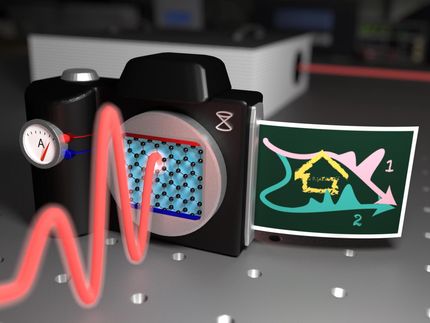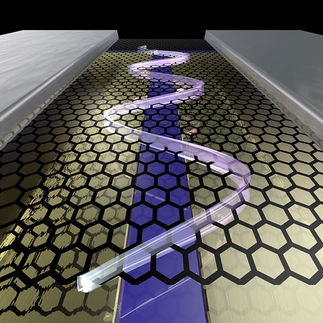Magic twist angles of graphene sheets identified
graphene is 200 times stronger than steel and can be as much as 6 times lighter. These characteristics alone make it a popular material in manufacturing. Researchers at the University of Illinois at Urbana-Champaign recently uncovered more properties of graphene sheets that can benefit industry.
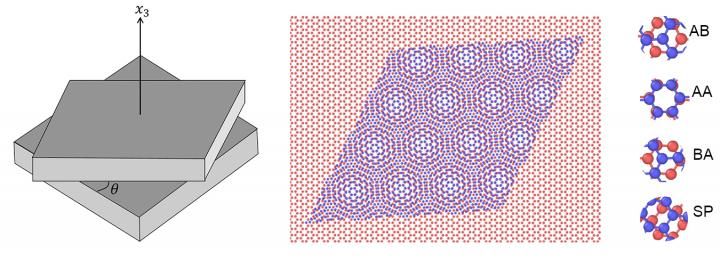
Atomistic configuration of twisted bilayer graphene
Department of Aerospace Engineering, Grainger Engineering
Doctoral student Soumendu Bagchi, along with his adviser Huck Beng Chew in the Department of Aerospace Engineering in collaboration with Harley Johnson from Mechanical Sciences and Engineering identified how twisted graphene sheets behave and their stability at different sizes and temperatures.
"We concentrated on two graphene sheets stacked on top of each other but with a twist angle," said Bagchi. "We did atomistic simulations at different temperatures for different sizes of graphene sheets. Using insights from these simulations, we developed an analytical model--you can plug in any sheet size, any twist angle, and the model will predict the number of local stable states it has as well as the critical temperature required to reach each of those states."
Bagchi explained that bilayer graphene exists in an untwisted Bernal-stacked configuration, which is also the repeated stacking sequence of crystalline hexagonal graphite. When bilayer graphene is twisted, it wants to untwist back to its original state because that's the most stable state and placement of the atoms.
"When the twisted atomic structure is heated, it tends to rotate back, but there are certain magic twist angles at which the structure remains stable below a specific temperature. And, there is a size dependency as well. What's exciting about our work is, depending upon the size of the graphene sheet, we can predict how many stable states you will have, the magic twist angles at these stable states, as well as the range of temperatures required for twisted graphene to transition from one stable state to another," Bagchi said.
According to Chew, manufacturers have been trying to make graphene transistors, and twisted graphene bilayers are known to exhibit exciting electronic properties. In manufacturing these graphene transistors, it's important to know what temperature will excite the material to achieve a certain rotation or mechanical response.
"They've known that a graphene sheet has certain electronic properties, and adding a second sheet at an angle yields new unique properties. But a single atomic sheet is not easy to manipulate. Fundamentally, this study answers questions about how twisted graphene sheets behave under thermal loading, and provides insights into the self-alignment mechanisms and forces at the atomic level. This could potentially pave the way for manufacturers to achieve fine control over the twist angle of 2D material structures. They can directly plug in parameters into the model to understand the necessary conditions required to achieve a specific twisted state."
Bagchi said no one has studied the 2D properties of materials like this. It is a very fundamental study, and one that began as a different project, when he bumped into something unusual.
"He noticed that the graphene sheets showed some temperature dependence," Chew said. "We wondered why it behaved this way--not like a normal material.
"In normal materials, the interface is typically very strong. With graphene, the interface is very weak allowing the layers to slide and rotate. Observing this interesting temperature dependency wasn't planned. This is the beauty of discovery in science."
Original publication
Most read news
Other news from the department science

Get the chemical industry in your inbox
By submitting this form you agree that LUMITOS AG will send you the newsletter(s) selected above by email. Your data will not be passed on to third parties. Your data will be stored and processed in accordance with our data protection regulations. LUMITOS may contact you by email for the purpose of advertising or market and opinion surveys. You can revoke your consent at any time without giving reasons to LUMITOS AG, Ernst-Augustin-Str. 2, 12489 Berlin, Germany or by e-mail at revoke@lumitos.com with effect for the future. In addition, each email contains a link to unsubscribe from the corresponding newsletter.
Most read news
More news from our other portals
Last viewed contents
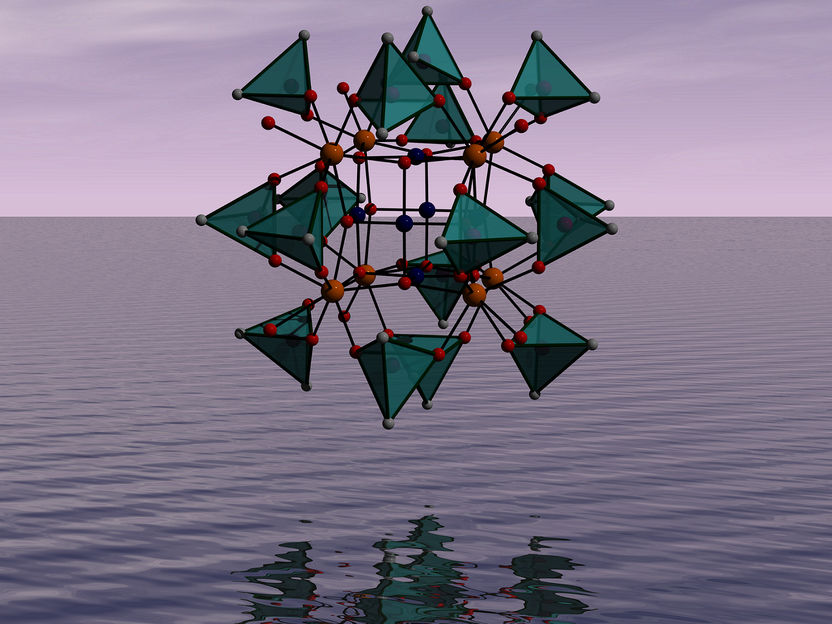
Breakthrough in the field of precious metal-oxo chemistry - Chemists discover new class of compounds

Feinmechanik Ralf Kögel - Engelsdorf, Germany
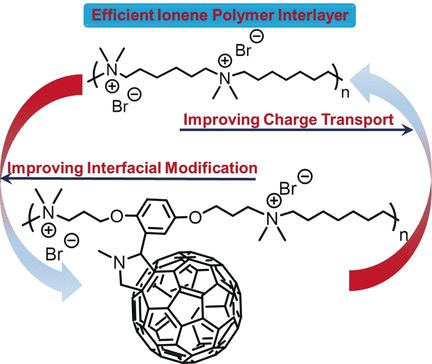
Fullerenes Bridge Conductive Gap in Organic Photovoltaics - Efficient cathode interlayers made of ionene polymers refined with pendant fullerenes
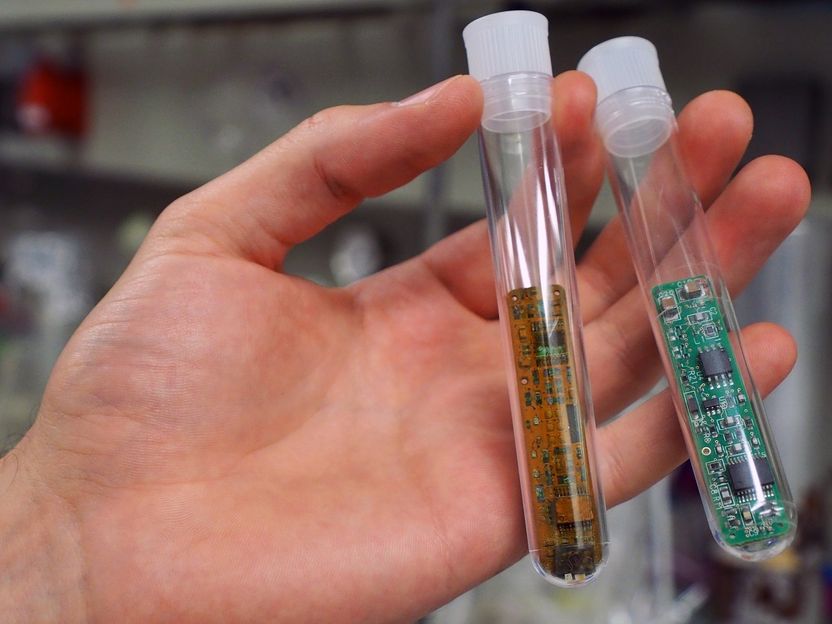
Little helpers for metal extraction - Using bacteria for electronic waste recycling

Strong teeth: Nanostructures under stress make teeth crack resistant
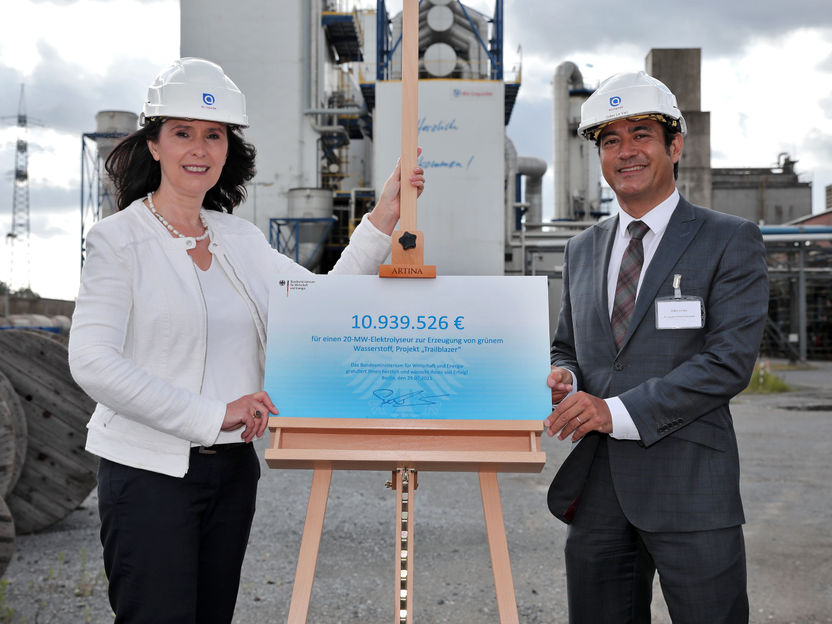
Air Liquide builds the largest electrolyser connected to an existing hydrogen infrastructure in Germany

Can we undo the burning of oil, gas and coal? - Platform chemicals from CO2: Defects welcome

A new way to capture and recycle carbon dioxide from industrial emissions - A new electrochemical cell could help industrial processes emit less carbon dioxide

Cobalt-free battery for cleaner, greener power - A replacement for cobalt in batteries avoids its environmental and social impacts

